Carpet types – everything you need to know about how to choose this cozy flooring
We asked the experts to explain what our options are when it comes to carpet types, from materials, pile, cost and more

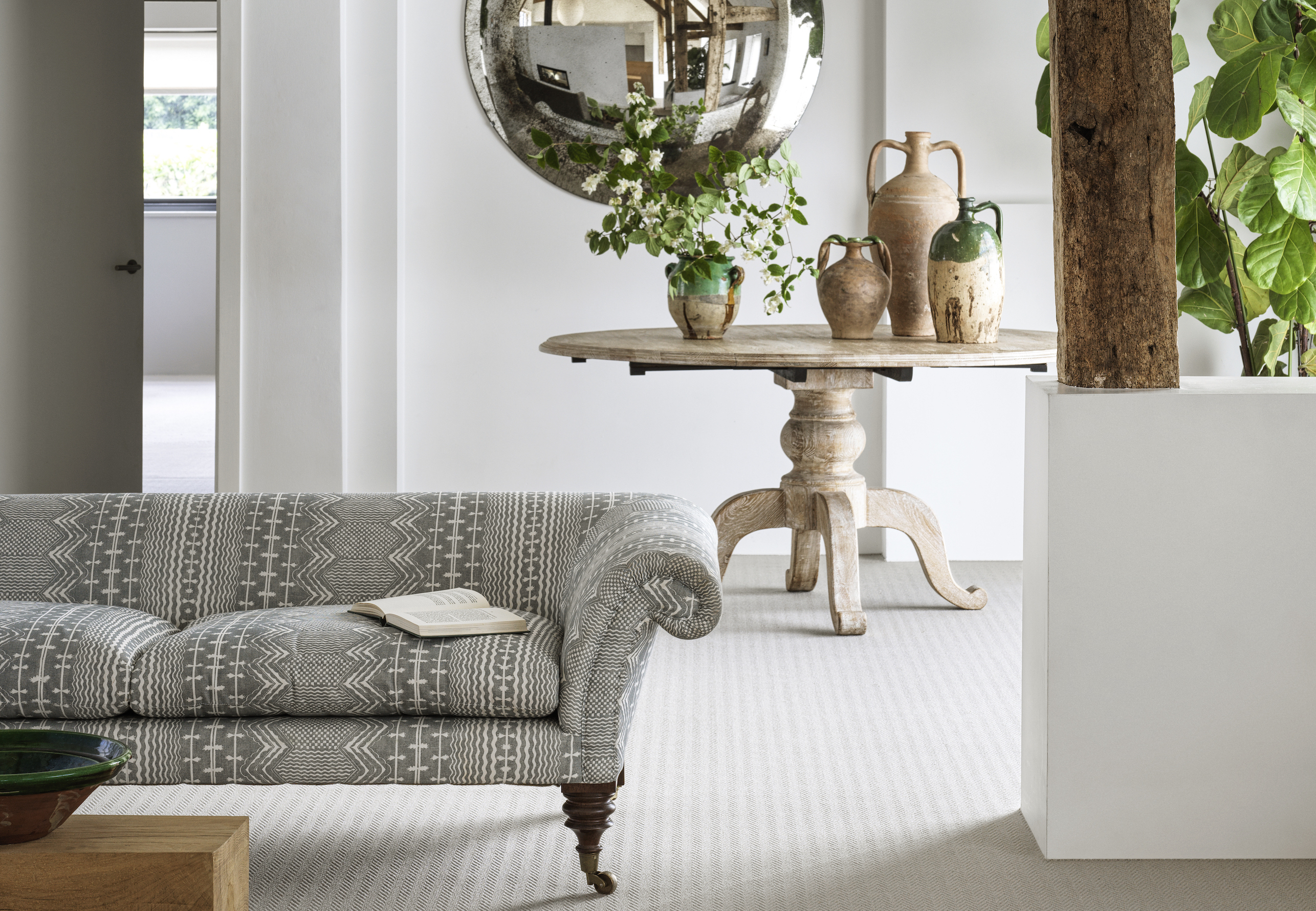
Choosing carpet may sounds like a relatively straightforward decision, ruled by colors and patterns and trends. However, once you look past the aesthetics, there’s far more to picking the perfect wall-to-wall carpet. Carpet types may seem to be bit of a minefield, so many material and fibers and then there’s pile and backing choices too. How do you pick the right one for your space? What’s the most durable option? The most sustainable option? The most affordable option? And (the most important) the most on trend option?
But fear not, we’ve asked the experts for all the answers and pulled together a straightforward guide to carpet types that makes sense of all those seemingly jargon words you come across when deciding on the perfect floor type. You can thank us later…
Hebe is a freelance writer and former interiors editor with an expertise that spans the spectrum of interior design. For this piece, she spoke to carpet experts to get to grips with the pros and cons of different carpet types.
What are the different types of carpet fibers?
Let’s start with the easiest element of a carpet to get your head around – the material, or more correctly the fiber. You have plenty of options when it comes to fibers, both natural and man-made and both have their pros and cons, so here’s a quick breakdown of the most popular choices available…
Natural carpet materials
If you are after sustainable carpet types, natural carpet fibers are one of the best options. Plus, they are super durable and resilient, so despite being more of an expensive choice, a natural carpet could last you decades.
Sisal
Sisal is the perfect carpet material if you are after a more minimalist look, it’s subtle and chic and all about texture rather than any bold colors or patterns. It’s huge in carpet trends right now too, and those skeptical about wall-to-wall carpet ideas are often swayed by sisal.
Often sisal has a lovely creamy beige color and the fibers are woven into a very natural-looking carpet, although there are options when it comes to the length and layouts and colors of the fibers so you can choose something that will suit your space and style.
Sisal fibers are really durable and easy to maintain so work well in areas that see a lot of footfall. As it’s a natural fiber, it’s a great option for people with allergies, as Julian Downes, managing director at fibre explains, ‘Natural flooring, like sisal or jute emits very few VOCs, which means it’s great for those with allergies, conditions such as asthma, or those who simply want the cleanest air in their homes.’
The Livingetc newsletters are your inside source for what’s shaping interiors now - and what’s next. Discover trend forecasts, smart style ideas, and curated shopping inspiration that brings design to life. Subscribe today and stay ahead of the curve.
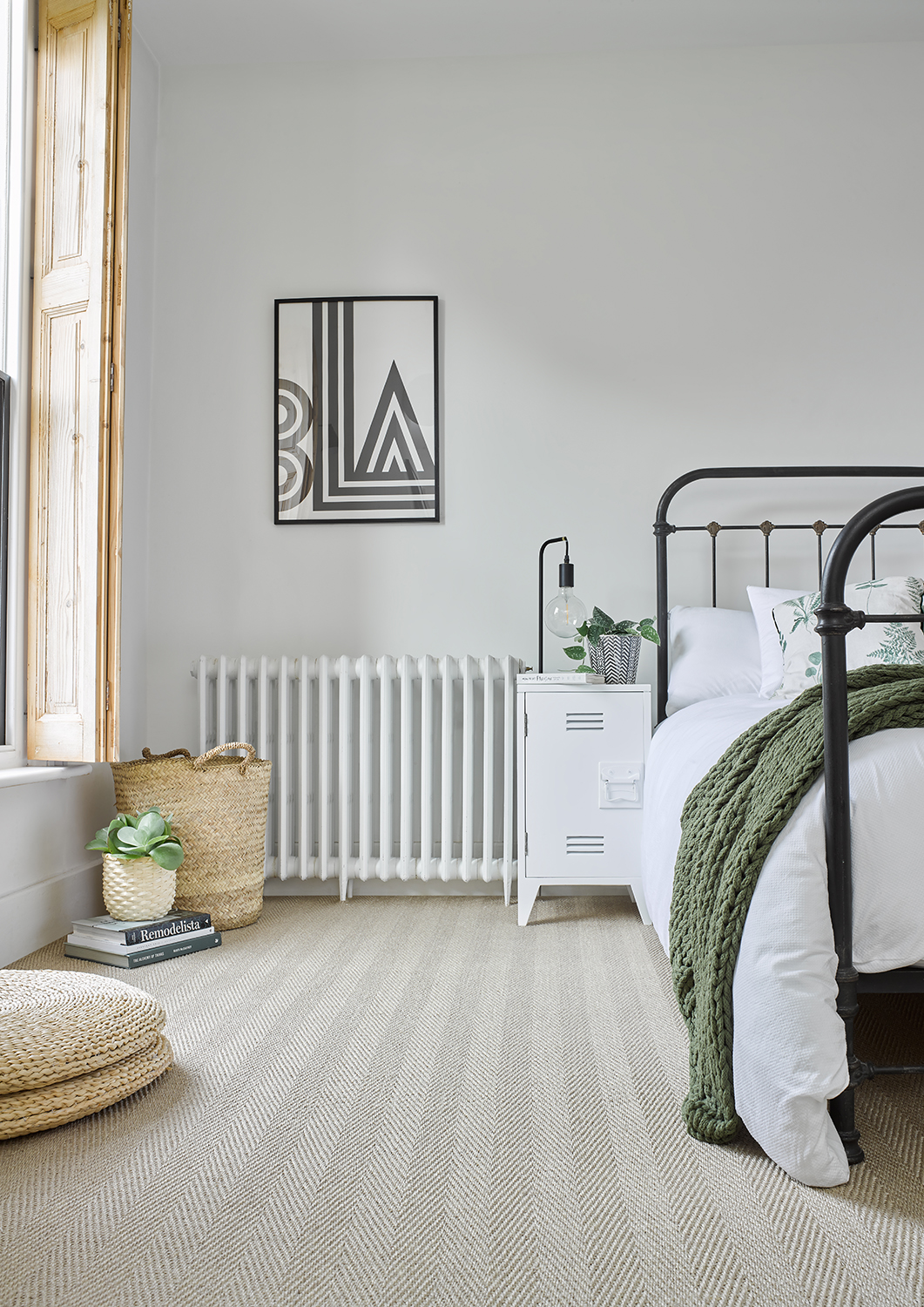
You also have other very similar natural fibers like seagrass, jute and coir. ‘Sisal and seagrass have smooth fibers and offer a crisp, neat effect. Coir is a suitable for those seeking a rougher, more casual effect. Lastly Jute is the softest of the natural floorcoverings, giving a comfortable feel underfoot. However, it is less hardwearing and more absorbent,’ explains Jon Flannigan, Product Manager at Kersaint Cobb.
Just be aware that these carpet fibers often aren’t the softest underfoot – totally fine for a hallway flooring, but if you are choosing them for more lived-in rooms like bedrooms and living room, consider layering with a rug.
Wool
Wool is the most popular carpet fiber, and we have to say we consider it to be the best. Soft, luxurious, durable and easy to maintain, it’s a great option for almost any room and can work with any style.
‘Wool is the wonder fiber. Again, easy to clean, soft underfoot, inherently fire retardant and practical as it is easy to clean and bounces back after cleaning,’ explains Lorna Haigh, Creative Director at Alternative Flooring. ‘Wool patterned carpets again are great as they hide a multitude of everyday spots and spills. No need to worry too much if you are taking a cup of coffee or tea up the stairs, any spillages if attended to swiftly will not spoil the textile floorcovering.’
‘The tight structure of wool allows it to hold onto dirt and dust; stopping it from becoming airborne and aggravating allergies. Its natural anti-static properties make vacuuming fast and effective as the dirt is easily lifted away. Wool also naturally binds and neutralizes harmful VOCs (volatile organic compounds) that may be introduced into the home by modern, man-made furnishings,’ adds Julian.
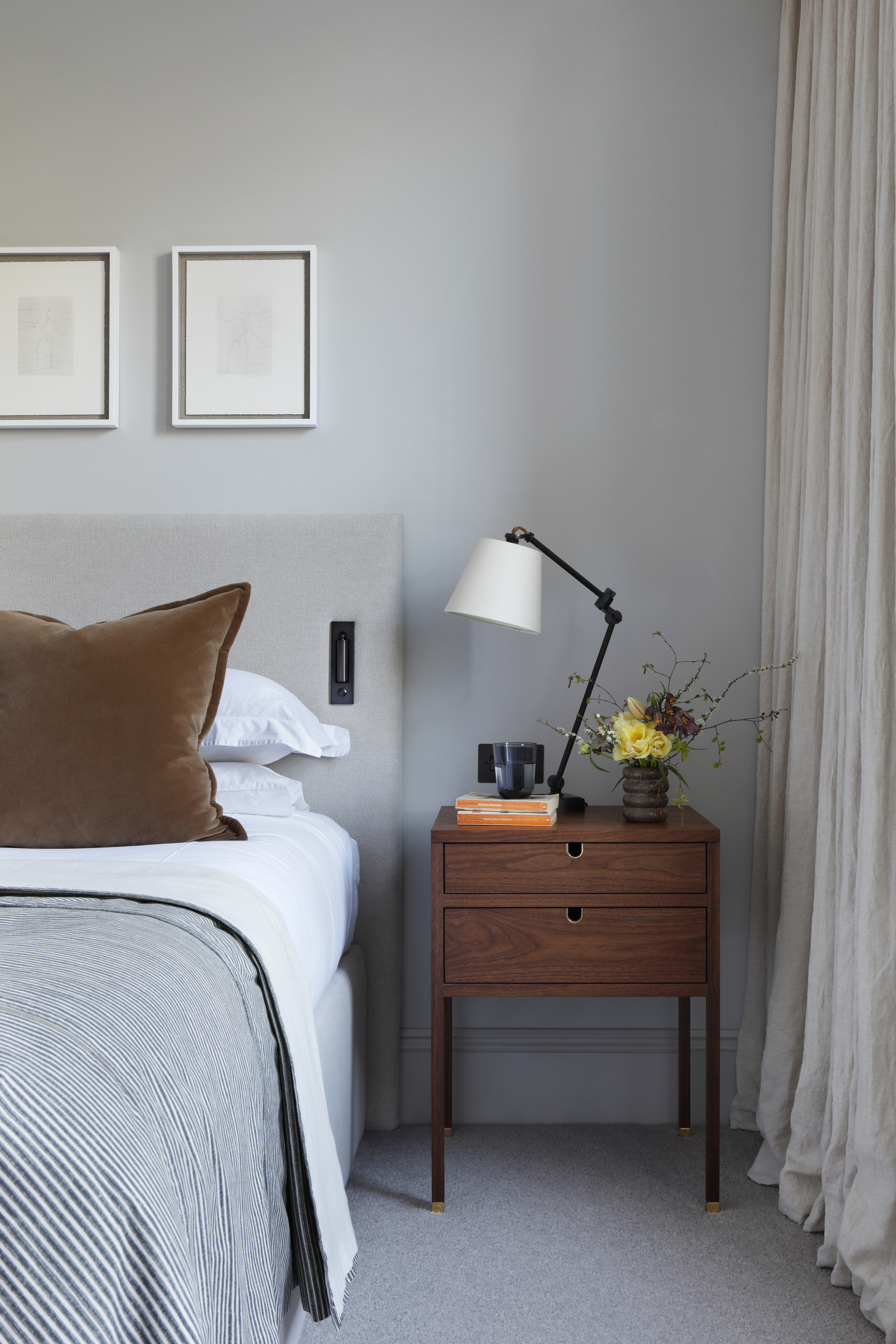
‘Plus, wool is 100 percent natural. It is naturally hypoallergenic and breathable so an ideal choice for allergy sufferers as well as those who just want to breathe pure air.’ says Julian.
You can also get wool carpets that are a mix of natural and man-made fibers, usually the ratio is 80/20, so you still get that lovely soft feel of wool but some of the advantages of man-made fibers too. Add synthetic materials within the yarn can make the carpet more durable, stain resistant and often more affordable.
Man-made carpet materials
More affordable, more options in terms of carpet colors and pattern and more stain resistant, man-made carpet fibres have a lot going for them. However, they don’t have the same pros as natural materials, so they are not as kind to the planet, often not as hardwearing and often don’t have those hypoallergenic properties.
Nylon
Nylon is a great carpet fibre option as it’s really hardwearing, stain resistant and easy to maintain. Like most man-made fibre carpets it’s a more affordable option than wool too, but you can get a very similar look. In fact you can get that wool, nylon mix we spoke of earlier that has the best of both worlds.
Polypropylene
Much like Nylon, Polypropylene is a really popular carpet type due to its stain resistant qualities and affordability. It’s ideal for areas that come under a lot of wear and tear and potential spillages, like kid’s bedrooms or the dining room. However, avoid in high-traffic areas and the fibres do get squashed overtime as they don’t have that bounce back quality of wool. And don’t use anywhere that sees a lot of direct sunlight or if there’s an open fire – polypropylene melts, and the melting point is low too so it won’t take much to be affected by any kind of heat.
What is carpet pile and which should I choose?
Okay, so after fibers you have the way the fibers are constructed. This is called carpet pile and is essentially just how the fibers are arranged with in the carpet. You may think material has the biggest impact on the overall look of your carpet, but in fact the majority of your carpet feel and style with come down to the pile and type of construction. Here’s are the most common carpet piles and types explained…
Cut pile carpet types
Cut pile carpets cover the most common types of carpet – Saxony, plush and frieze all come under cut pile. As the name suggests, the construction involves pieces of yarn that are cut to whatever the desired height and then twisted to become tufts. Despite all having the same kind of pile, cut pile carpets can look very different depending on the height and size of the tufts. Here are some of the most common cut pile carpet types…
Saxony carpet
‘Saxony carpets have a really soft pile, making them one of the most comfortable and luxurious options for the home. The longer the yarns, the deeper your feet sink in. Saxony styles feel as good as they look because they are often made from high-quality yarn, making them very soft and durable, as well as stain-resistant.’ explains Johanna Constantinou of Tapi.
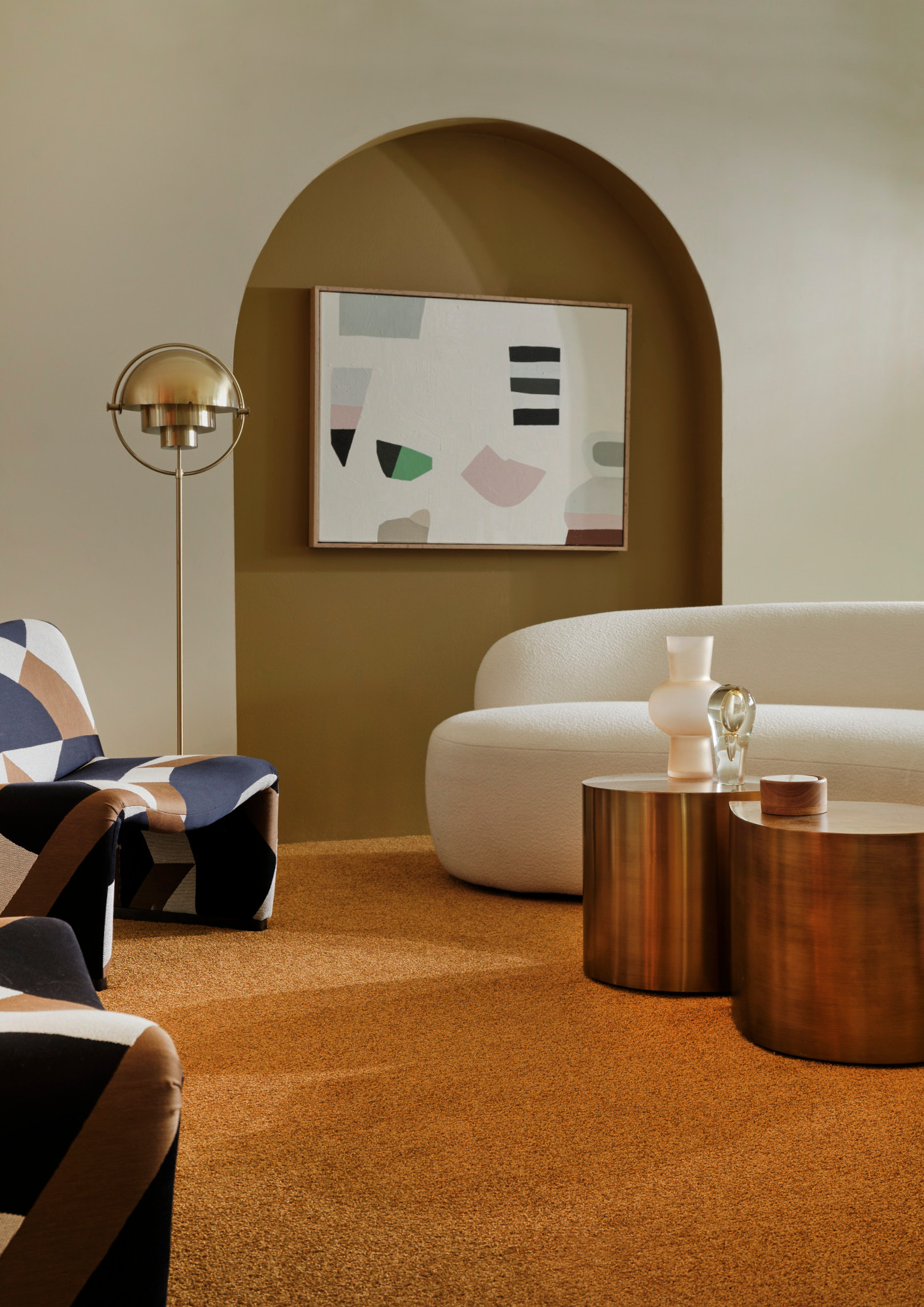
Frieze carpets
Then you have frieze pile carpets. These are very thick and textured carpets which are great at hiding dust and dirt and since the tufts are woven so tightly, they are a hardwearing and durable option too. Ideal for areas that get lots of traffic like hallways and landings as they are still lovely and soft but dense. If you have pets, this an ideal carpet type.
Plush carpets
Plush carpets are a type of cut pile carpet that has very short fibres, so you get that lovely well… plush, luxurious feeling. It’s an incredibly soft and smooth carpet types, making it perfect for bedroom carpets and living rooms to add a coziness underfoot. Avoid using this carpet type in more high-traffic areas, as it will show wear and tear easily.
Loop pile carpets
Loop pile carpets are, as they sound, looped. So rather than the twisted tufts you get with cut pile carpets, the carpet is made up of a series of loops. Loop pile carpets are also often called Berber or level loop pile carpets.
‘Loop carpets are made of looped yarns and are perfect for high traffic areas such as stair carpets as the loops make the carpet hardwearing and durable. The loops are made from a single strand of yarn, which gives them a beautiful texture and appearance. There are a variety of loop patterns or variations, and loops may also be used to create a pattern alongside cut yarns (known as cut-and-loop). We don’t recommend loop piles for homes with pets as their claws can snag or pull on the loops.’ explains Inga Morris-Blincoe of Lifestyle Floors.
Woven carpets
Woven carpets are some of the most popular types as they are incredibly durable and usually made from natural materials. The traditional way they are made, using a loom method is what makes this carpet types so long lasting, however, as you’d expect it’s a time consuming way to make carpet and that’s reflected in the price.
‘One of the strongest, most durable carpets out there is the woven carpet. Traditionally known as Wilton and Axminster, woven carpets are a brilliant choice for extra busy areas of your home, as they don’t require endless vacuuming. These carpets are hardwearing and the pile bounces back, reducing the visibility of footprints and vacuum marks,' says Johanna.
‘In a traditional woven carpet, the pile yarn (the top layer that you see) is woven into the backing, which gives this style of carpet exceptional stability and durability in your home,' explains Inga. ‘Woven carpets can be patterned or plain. Some plain carpets may also use weaving patterns to give them a subtle but interesting design, similar to cut-and-loop pile carpets. Because of the way they are constructed, woven carpets have a compact finish that is very hardwearing.’
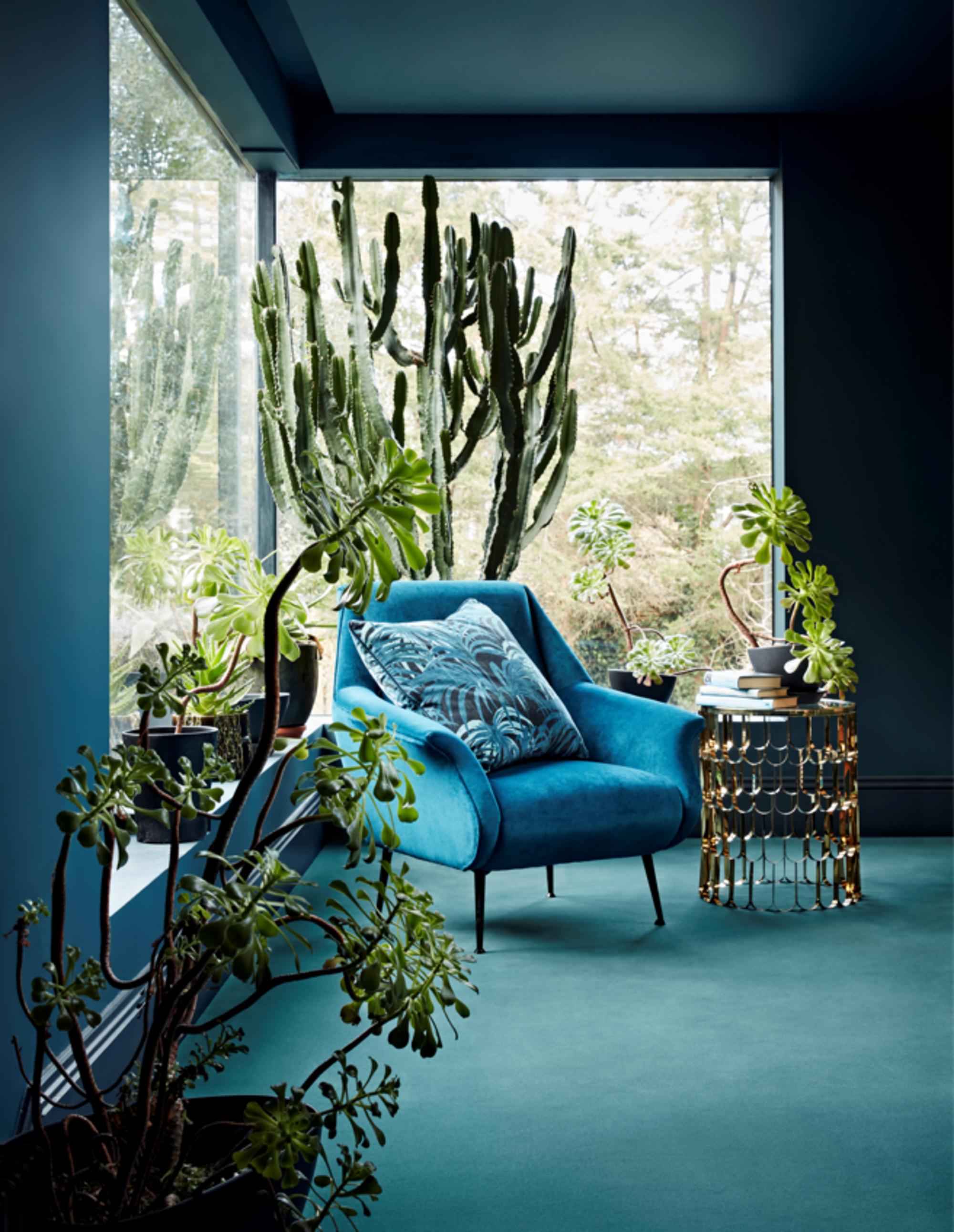
How do you choose the best carpet type for your space?
So now you have all the details on the best options out there, and the different types and pile choices, think about what’s going to work best in your space.
‘The length of time a carpet will last depends on several factors, and each must be considered at the purchasing stage; the carpet pile itself, the fibre, the weight of the fibre and the density of the pile will all contribute or detract from a carpet’s suitability for your chosen location,' says Charlotte Coop of Abingdon Flooring.
‘So first, think about what the room is used for,' advises Julian Downes. ‘An entrance hall or stairs are high footfall areas so an easy to maintain compact wool loop or a hard wearing tightly woven sisal boucle not only look great but is practical too. In the bedroom and living areas you may prefer to use more open, softer weave and nothing beats the feeling of luxuriousness that a deep pile 100% wool carpet brings.’
‘The rule of thumb in selecting a carpet from your home is location, location, location. You will find that it pays dividends to shell out slightly more for higher quality carpets for areas of high wear such as hallways and living areas, but you may well be able to save your budget in areas where those feet aren’t quite as frequent,' adds Charlotte.
‘Work with the size of the room too. We generally advise that larger rooms work with heavier weaves and finer weaves are better suited to smaller rooms. And consider how the carpets look at various times of the day when the light changes,' she continues. ‘Give yourself time to live with these swatches and make sure you will like them long term as a good quality carpet will not need to be replaced for years.
‘If your room is south facing it’s wise to choose a lighter carpet colour. All natural and manmade materials will fade in direct sunlight so you need to look after them. The same applies to cleaning and care – make sure you know how to look after your carpet so it stays looking beautiful as the day it is installed.’
What type of carpet is the most sustainable?
When making any choices within our homes, sustainability is increasing becoming a key part of our design decisions. We are all keen to reduce our impact on the environment, and therefore we would of course recommend considering eco-flooring. They may not be the cheapest choice, but sustainability usually goes hand in hand with durability so well worth in the investment.
The most eco-friendly carpet types tend to be those that are natural and renewable. Sisal, jute, wool even bamboo are all good options and you can also find carpets that are made from recycled materials too.
‘Sisal flooring is natural and plant based and so helps those who are choosing interiors with a focus on sustainability; products made of natural materials which wear well and stand the test of time. It will grow each year and so is very sustainable. It’s also super hard wearing so doesn’t need to be replaced frequently.’ Says Julian.
‘Wool is also a natural material that is super sustainable. Sheep grow new fleece each year and shearing them is a natural way to care for them and so we have an on going supply of wool.’

Formerly the Digital Editor of Livingetc, Hebe is currently the Head of Interiors at sister site Homes & Gardens; she has a background in lifestyle and interior journalism and a passion for renovating small spaces. You'll usually find her attempting DIY, whether it's spray painting her whole kitchen, don't try that at home, or ever-changing the wallpaper in her entryway. She loves being able to help others make decisions when decorating their own homes. A couple of years ago she moved from renting to owning her first teeny tiny Edwardian flat in London with her whippet Willow (who yes she chose to match her interiors...) and is already on the lookout for her next project.